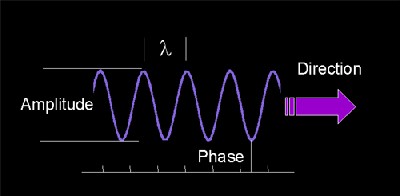RET stands for Resolution Enhancement Techniques.
There are three main RET approaches (OAI, OPC, and PSM). Each RET approach is addressing an independent variable of the optical wave: direction (OAI), amplitude (OPC), and phase (PSM).

Off-axis illumination (OAI) improves resolution by illuminating the reticle with light off the optical axis of the stepper lens. The interaction of light at an angle, falling on mask structures that are essentially diffraction gratings, can improve the contrast of the image by transmitting more of the diffracted orders through the lens.
Optical and Process Correction (OPC) changes the size of openings in the reticle by small jogs and the addition of serifs and sub-resolution features. This allows more or less light to be transmitted through the mask so that the image after diffraction matches the desired pattern.
Phase-shifting masks (PSM) alter the phase of light passing through different portions of the mask, creating regions of destructive interference in the image with higher contrast. These dark fringes can be extremely narrow, since there is no limitation for a wavelength of “dark,” only for a wavelength of light.
These techniques can be used individually but are far more commonly used in combinations. With OAI, repeating patterns at certain dense pitches can be significantly enhanced. With OPC, the small jogs and serifs improve the image fidelity. With PSM, opposite phases allows destructive interference and results in resolution enhancement.